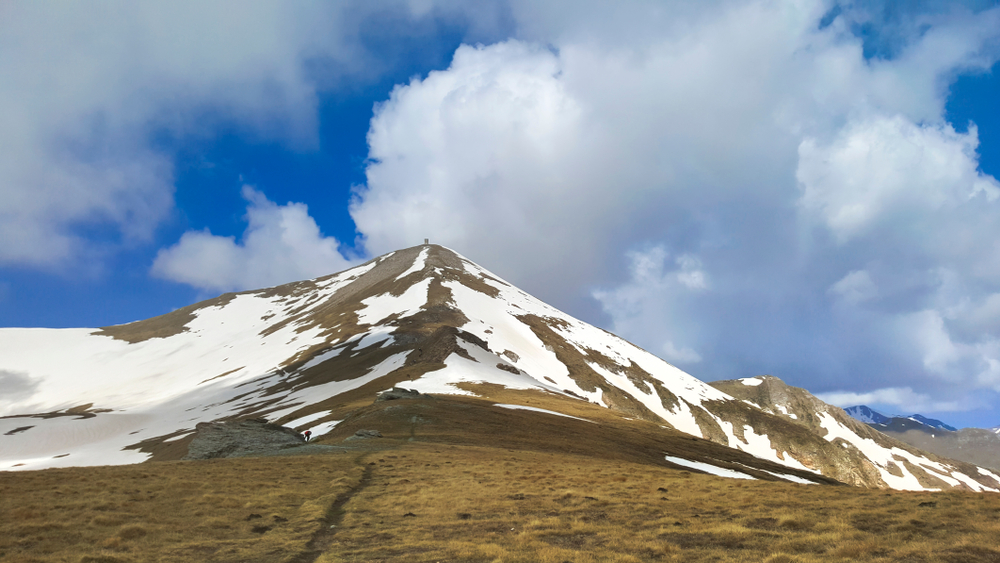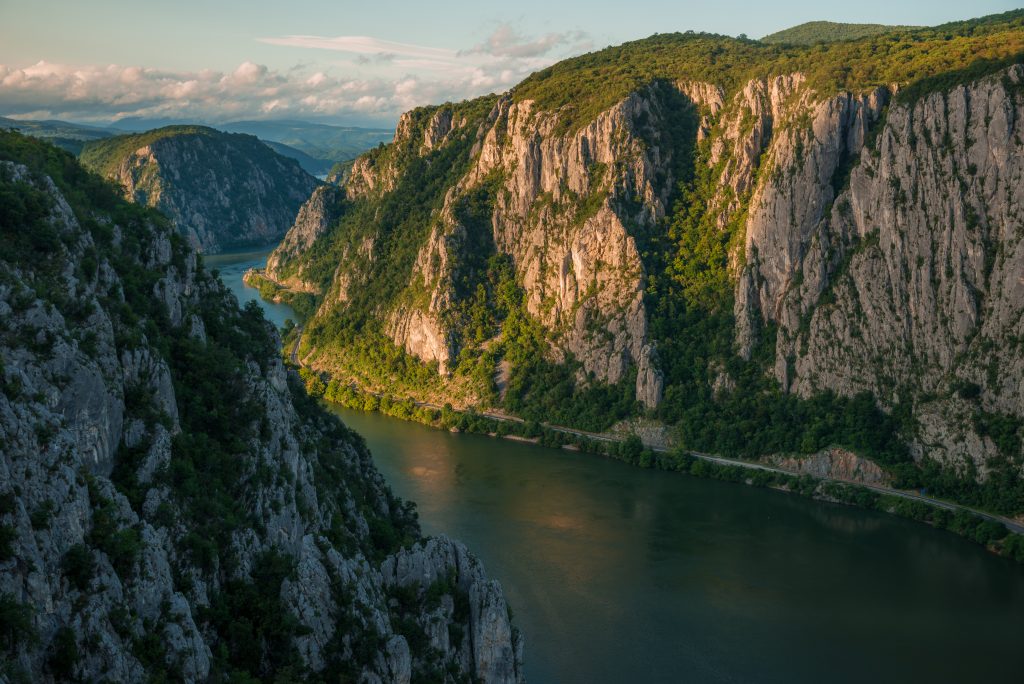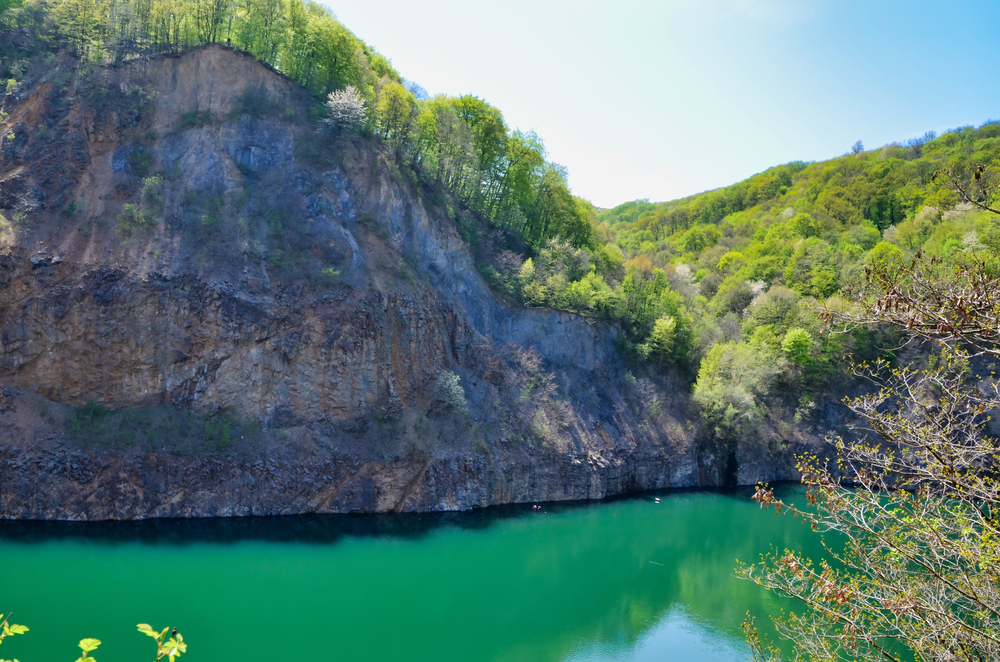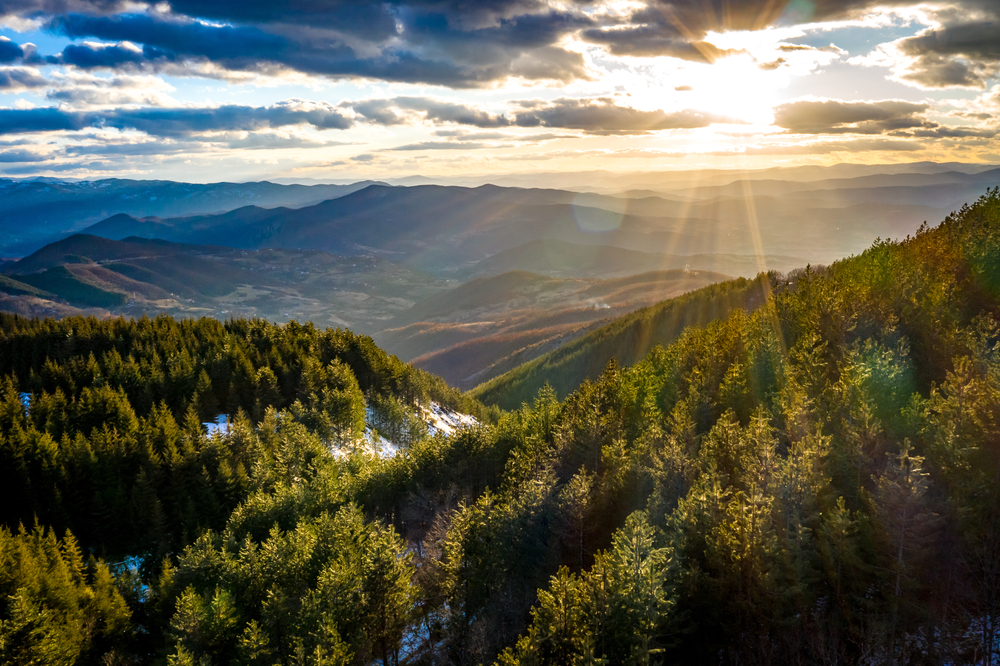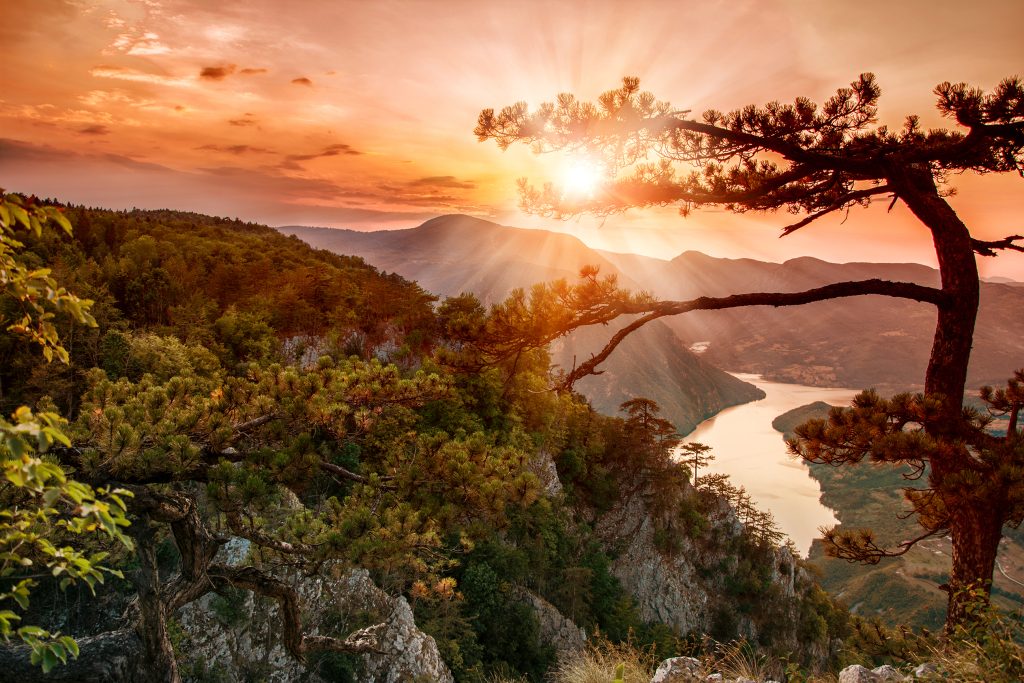Sar Mountain Overview
Sar Mountain National Park, known locally as Nacionalni Park Šar Planina, is a magnificent protected area located in the southern region of Serbia, bordering Kosovo and Albania. Covering an area of approximately 206 square miles (535 square kilometers), the park showcases a blend of rugged mountain peaks, pristine glacial lakes, lush meadows, and dense forests.
Established in 2021, the park safeguards one of the most ecologically diverse regions in the Balkans. The Sar Mountains, which give the park its name, are among the oldest mountain ranges in Europe, boasting impressive peaks such as Titov Vrv (2,748 meters) and Ljuboten (2,498 meters). These towering formations dominate the landscape, offering breathtaking views and serving as a backdrop for a rich mosaic of ecosystems.
The terrain of Sar Mountain National Park varies from steep, rocky slopes to gentle alpine pastures blanketed with vibrant wildflowers. Glacial activity has shaped the region, leaving behind a network of stunning lakes, such as Gorno Ezero and Crno Ezero, which sparkle amidst the rugged terrain. Thick beech, oak, and pine forests cover the lower elevations, gradually transitioning into alpine meadows and rocky ridges at higher altitudes.
The park’s vegetation is rich and diverse, with numerous endemic plant species, including the rare Sar Mountain violet (Viola sharpei). This unique botanical diversity has made the park a haven for botanists and nature enthusiasts.
Wildlife is a highlight of Sar Mountain National Park, as it harbors a remarkable array of animal species. Visitors may encounter large mammals such as brown bears, Balkan lynxes, and wolves, which roam the forests and highlands. Chamois and red deer are also frequently spotted in the park’s meadows and rocky areas.
Birdlife is equally captivating, with over 150 species recorded, including golden eagles, peregrine falcons, and the elusive capercaillie. Birdwatchers often flock to the park to observe these magnificent creatures in their natural habitat.
The park is a popular destination for outdoor activities, attracting hikers, climbers, and skiers from across the region. The trail to Ljuboten Peak is a favorite among adventurers, offering a challenging but rewarding journey with panoramic views of the surrounding landscape.
In winter, the park transforms into a snowy wonderland, with opportunities for skiing and snowshoeing. The glacial lakes are perfect for photography and picnics, while the park’s numerous villages provide a glimpse into traditional Macedonian culture.
Sar Mountain National Park faces significant conservation challenges, including illegal logging, poaching, and habitat fragmentation. However, the establishment of the park has been a major step forward in preserving its biodiversity.
Collaborative efforts between local authorities, conservation organizations, and neighboring countries have led to increased monitoring and stricter regulations, ensuring the park’s unique ecosystems remain protected. Public awareness campaigns and sustainable tourism initiatives are also contributing to the park’s long-term success, promoting both conservation and local economic development.








































































